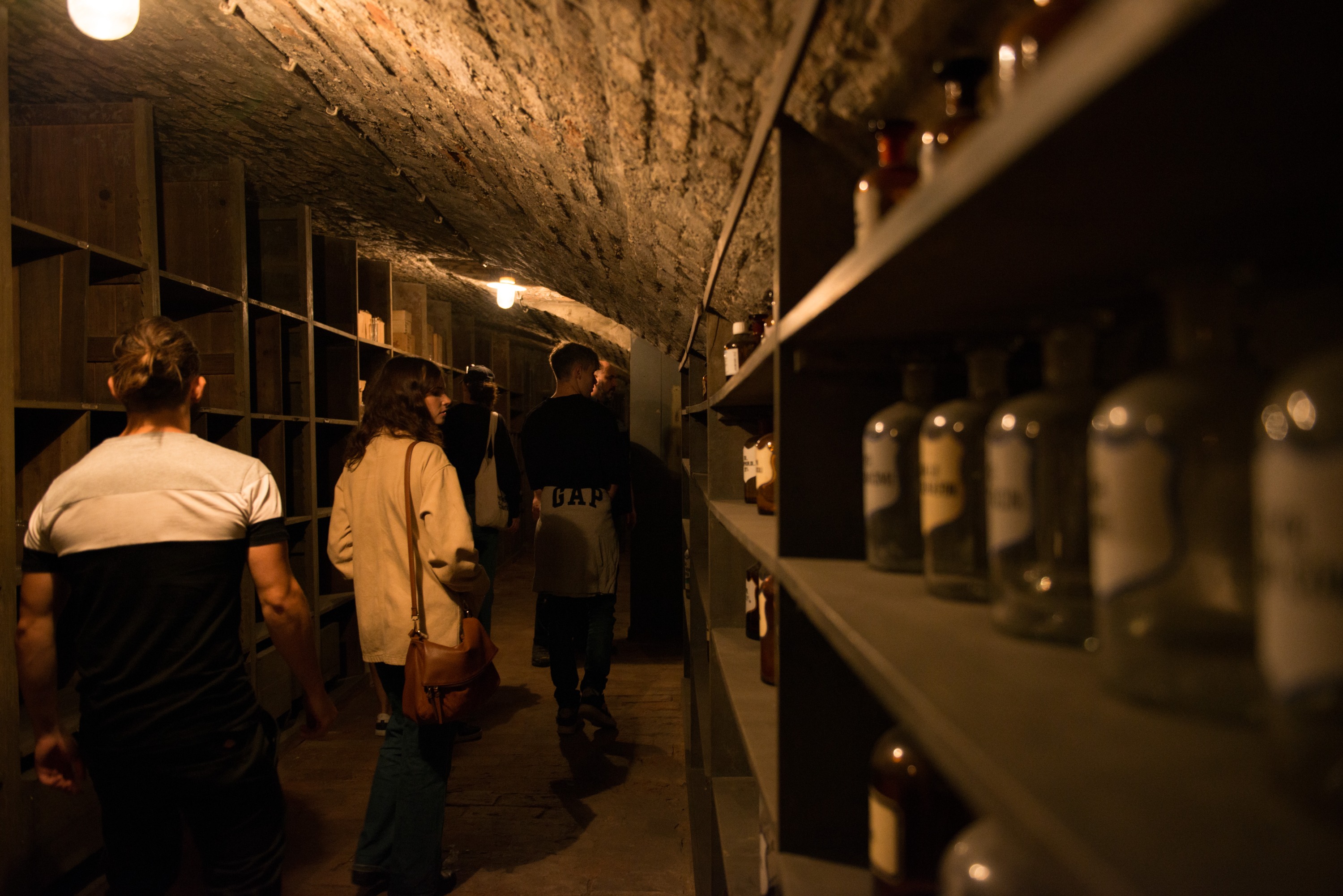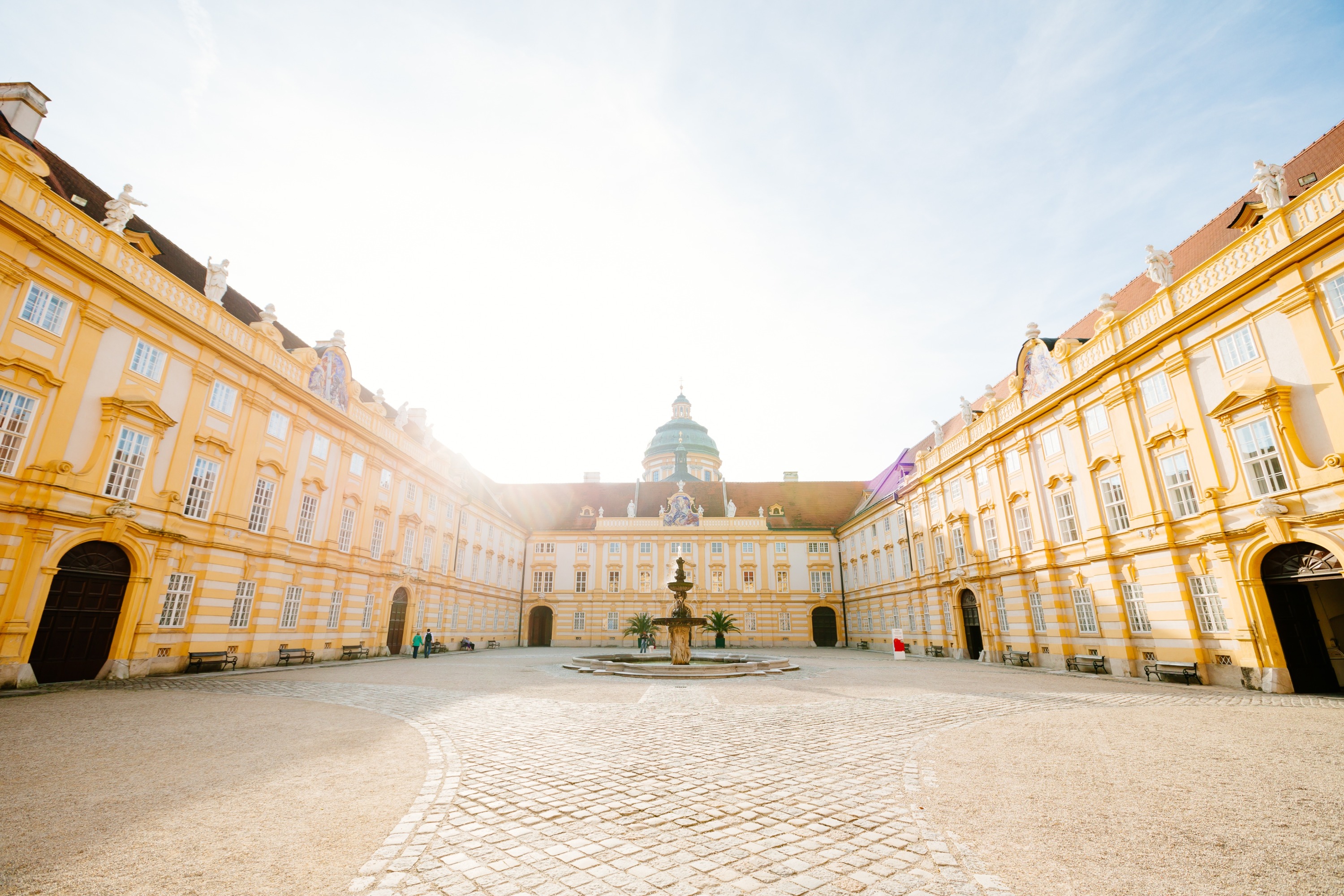
Private day tour to Graz, history and culture
Let us introduce you to GRAZ in a private, individual tour, where we take enough time to see all the sights according to your wishes. Graz is the capital of the southern Austrian state of Styria and the second largest city in Austria. The main square is the heart of the medieval old town. The surrounding narrow streets with buildings in the Renaissance and Baroque style are lined with shops and restaurants. A cable car leads up the Schlossberg, the city's local mountain, to the centuries-old clock tower. On the banks of the Mur, the futuristic Kunsthaus Graz presents contemporary art and the Murinsel invites you to linger over coffee and cake in the middle of the river MUR. The 4 towers of Eggenberg Castle, the construction of which began in 1625, symbolize the seasons, 12 gates the months and 365 windows the days. The Landeszeughaus, with an impressive 32,000 exhibits, is the most important historical weapons collection in the world.
Options
Daytrip up to 4 Passengers
automobile
Duration: 12 hours: With this option, all transfers during the tour are carried out in an upper middle class car with a panoramic glass roof
Vienna - Graz - Vienna: Day tour of sightseeing in Graz, individual, with a stop for coffee and food
Mercedes Vito or similar
Pickup included
What's included in Private day tour to Graz, history and culture
(Subject to Option Inclusions)Itinerary
2 hours drive from Vienna. The clock tower was first mentioned in the 13th century. During the re-fortification of the Schlossberg from the middle of the 16th century, the tower received its current appearance. The hands on the mighty clock faces often cause confusion. Do the clocks run differently in Graz? No. The fact that there were originally only large hands for the hours that were visible from afar and those for the minutes were only added later resulted in the hands being mixed up. The clock mechanism still works today, but has been electrically operated since the middle of the 20th century. When there were fires in the city, the fire station on the clock tower rang the fire bell. The oldest bell in Graz, cast in 1382, strikes the hours. The "poor sinner's bell" (around 1450) was rung during executions and later warned night owls, which also earned it the nickname "rag bell". At three corners of the tower there are coats of arms that once adorned the fortifications of the castle hill.
Island in the Mur
When Graz became the European Capital of Culture in 2003, the New York artist Vito Acconci designed a walk-in island project, a 47 m long net-like steel structure reminiscent of a half-open shell. In its open part, wave-shaped blue benches form an arena for events of all kinds. Under the arched, water-cooled glass roof, a blue and white café offers the opportunity to enjoy the feeling of being close to the Mur - a new experience even for the people of Graz. Between the café and the arena, a three-dimensional labyrinth made of ropes and a slide promise an island adventure for children. What is called an island is actually a ship. It hangs from an anchor and is additionally stabilized by the footbridges to both banks. The object is even equipped with navigation lights. As a warning - in case another ship strayed onto the Mur. But the Mur Island is so bright blue at night that no one can miss it anyway.
Landeszeughaus
Due to its geographical location south of the Alps and as the capital of Inner Austria, Graz developed into an important centre of defence against invading peoples from the east. From the end of the 15th century, the advance of the Ottoman Turks in particular forced the Styrian Estates to increase their stocks of weapons as part of an organised defence. From 1642 onwards, Antonio Solar built an "armoury" next to the Landhaus for the growing arsenal. The State Armoury was to be closed as part of Maria Theresa's military reforms. However, the Styrian Estates managed to avert closure and to preserve the arsenal as a testament to the bravery of the Styrians in the fight against the "hereditary enemy of Christianity". The only original armoury in the world still has around 32,000 exhibits today. Historical weapons and military equipment from the end of the 15th to the beginning of the 19th century.
Inclusions
- Private transportation
- Soda/Pop
- Bottled water
- WiFi on board
- Air-conditioned vehicle
- Gratuities
- Breakfast
- Lunch
- Dinner
- Infants and small children can ride in a pram or stroller
- Service animals allowed
- Specialized infant seats are available
- Travelers should have at least a moderate level of physical fitness
- Child seat up to 4 years and seat cover available upon reservation
- For people with reduced mobility, this day tour may be subject to some restrictions or modifications
Meet
Pickup and Dropoff
You can choose to be picked up from a list of locations, or alternatively, have the choice to make your own way to the meeting points
Please arrive at the pick up point 10 minutes before departure time.
Additional Information
For hotel pickups please wait in the lobby next to the front desk. For airport pickups, train stations and ports please turn on your mobile phone to enable contact with your driver. He will direct you to the meeting point.
Meeting / End Points
- Please wait for your driver in Hanuschgasse, next to the snack stand






